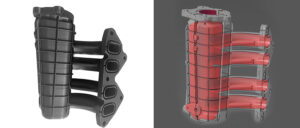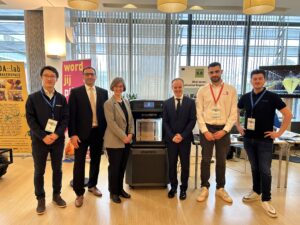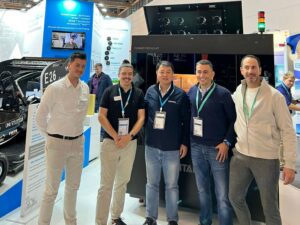The Jigs and Fixtures in the Automotive Industry
MARCH 16 2020
The world as we know it today is changing quickly, even faster than what we are perceiving. Lots of cool & fancy words surround us, such as IoT, artificial intelligence, 5G, etc. Among them, 3D printing has always been a hot topic ever since it was invented.
3D printing is also known as additive manufacturing. This term describes exactly how the technique creates objects. “Additive” refers to the continuous addition of thin layers to create an object. In fact, most of 3D printing technologies are similar, constructing objects layer by layer to create complex shapes.
Fused Deposition Modeling (FDM) is an affordable 3D printing technology. The process works by melting the material and extruding it through a nozzle to 3D print the cross-section of the object, one layer at a time. Each new layer of the bed is lowered, and this process is repeated until the object completes. The thickness of each layer, the temperature intensity and the control determine the quality of 3D printing. Some FDM 3D printers have two or more print heads, can print multiple colors, and support complex 3D printing of overhangs.
FDM has been widely used in many industries such as medical treatment, automobile, aerospace, oil and gas. People may argue it is still far from genuine manufacturing. It’s partly true. Some cases have only adopted 3D technology in rapid prototyping when in idea generation phase to test its commercial or technical feasibility, while some researchers have used it to support further theory or technology development with outcomes published in professional papers. But there are several examples showing 3D printing technologies have emerged into real production.
Jigs and fixtures in automobile.
Automobile as a complex consumer good, has a more than a hundred years old traditional model based on the main engine factory. Since the introduction of the production line by ford in 1913, the logic of automobile production has not changed. People still associate the automotive manufacturing process with mass production, but things have started to change lately.
Here are several examples using FDM technologies in Jigs and fixtures.
Example 1:
South-China located car maker used INTAMSYS machines to customize fixtures for positioning and fixing Car maker logo, car maker name and also model name. The tools are lighter than the original typical fixture for the application, and the design and manufacturing time is at least 66% shorter.
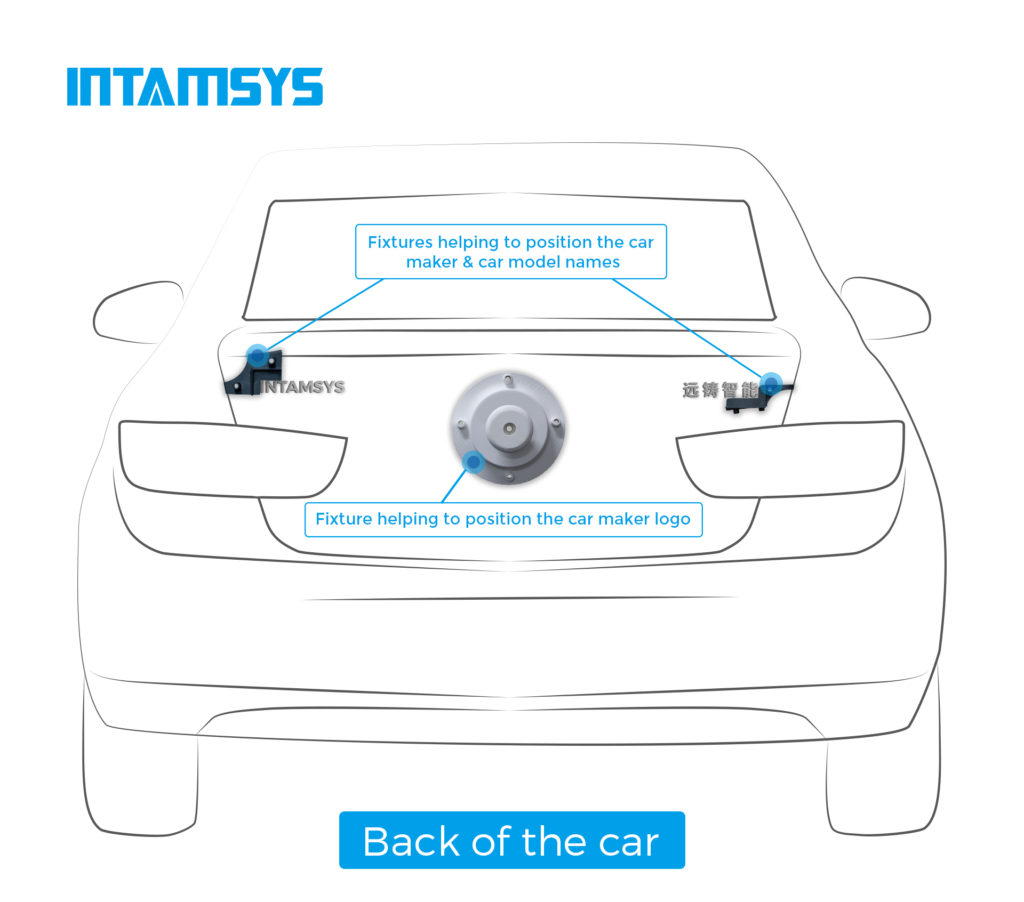
The fixtures were printed on the FUNMAT PRO 410, using ABS for the logo & the car maker name fixtures, and PC for the model name.
Example 2:
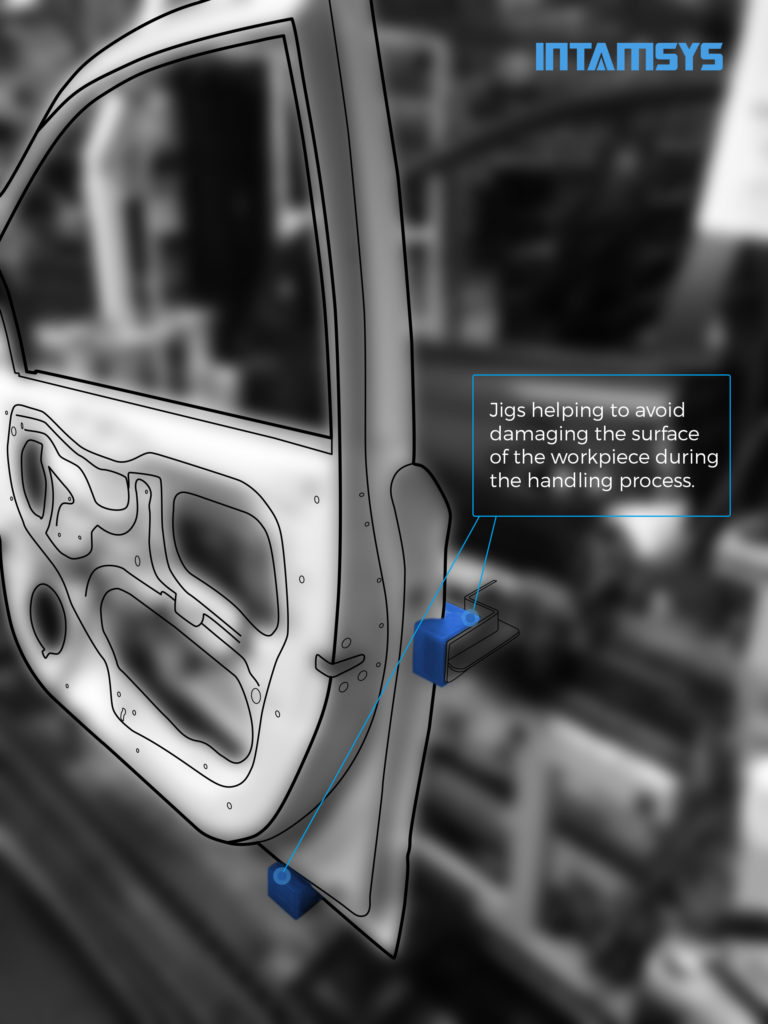
Soft clamps are commonly used in parts processing or handling process, usually made of soft material like TPU. The purpose is to avoid damaging the surface of workpiece with low hardness or high surface roughness. 3D printing uses composite materials to make a soft clamp, which can withstand the strong force generated by heavy machinery processing. The soft clamp can be used hundreds of times without calibration.
The soft clamp is made of TPU material by the FUNMAT PRO 410.
About the FUNMAT PRO 410
INTAMSYS offers the FUNMAT PRO 410 model featuring dual extruders and up to 305 x 305 x 406 mm build volume, multiple open functional materials selection including PEEK, PEKK, PPSU, ULTEM, ABS, PC and much more to allow high speed and a high precision printing.
About INTAMSYS
INTAMSYS 3D Printing All-in-One Solutions bear the ambition to make our future life fully customizable due to the infinity of possibilities Additive Manufacturing Industry offers. Meeting the most demanding industrial standards, INTAMSYS 3D Printers are optimized for applications in industries as diverse as Automotive, Aerospace, Oil & Gas, Medical sector, Jigs & Fixtures or even Education.
Contact: info@intamsys.com


